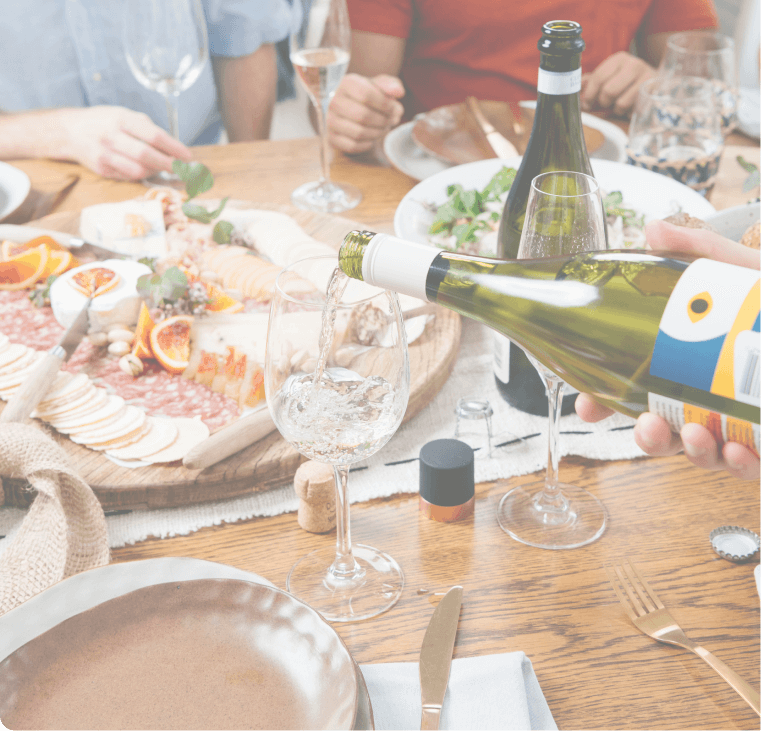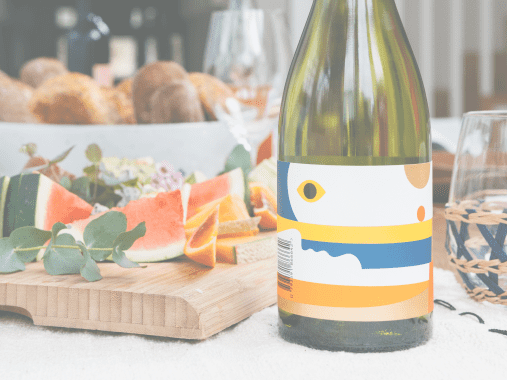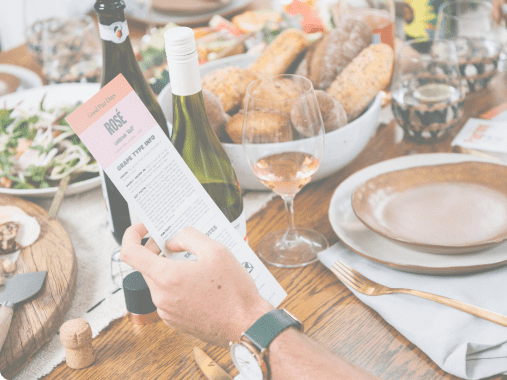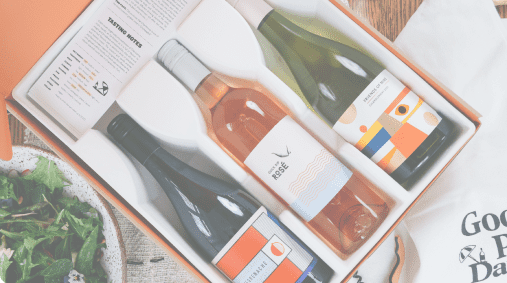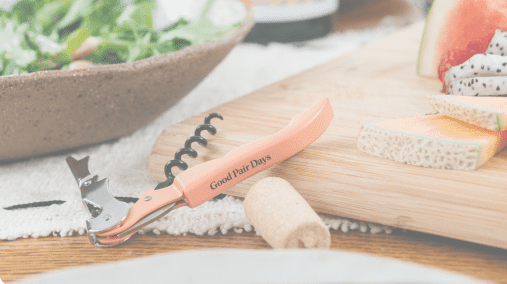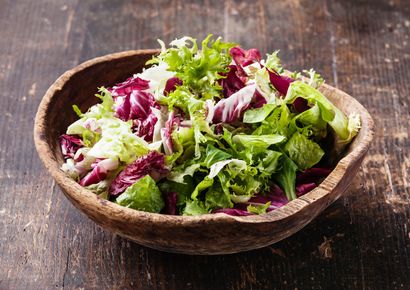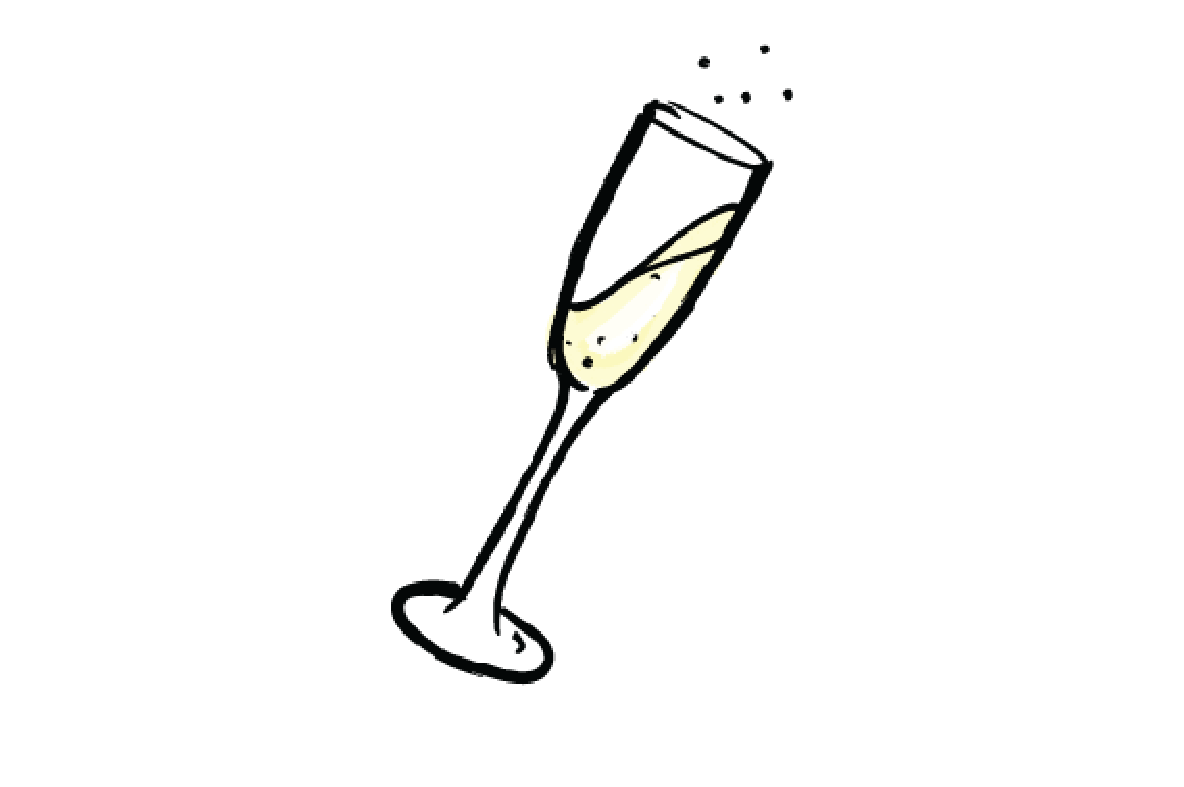M de Ligny Blanc de Blancs NV
Primary flavours

Green Apple

Lemon Curd

Yellow Apple

Brioche

Chalk
Details
Blanc de Blancs sparkling wines are so-named because they are made only from white grapes - the name translates to 'white from whites'. In this case it's pure Chardonnay, and the wine itself is incredibly pure. Lots of crunchy apple fruit, with some biscuity complexity and a really zesty finish. Great drinking.
Origin: Despite what the French would tell you, the original traditional method sparkling was developed in England in 1662 by scientist Christopher Merret Mainly Grown In: The best thing about traditional method sparkling is that it is essentially the same as Champagne, just from anywhere else in the world! Key Facts: Champagne is both a wine and a region. In fact it is a wine from a region – you can’t make Champagne in Australia. Only in the small region of Champagne, in the north-east of France. But Champagne became like Hoover or Post-It, and became synonymous with fizz from anywhere. The real makers of Champagne got narky about this and made everyone else call it methode traditionelle… but don’t worry, it’s exactly the same technique! FYI - there are other ways to make fizzy wine, but this labour-intensive method produces the most complex results. For fun, frivolous fizz, check out pet nat (aka methode ancestrale). But that’s another story. Fun Fact: “Sabrage” is a term for opening an olden-days method of opening a champagne bottle with a sword (!!), but now with the help of YouTube, you can learn to open a sparkling wine bottle in 100's of wacky ways without ever removing the cork by hand!
Origin: Despite what the French would tell you, the original traditional method sparkling was developed in England in 1662 by scientist Christopher Merret Mainly Grown In: The best thing about traditional method sparkling is that it is essentially the same as Champagne, just from anywhere else in the world! Key Facts: Champagne is both a wine and a region. In fact it is a wine from a region – you can’t make Champagne in Australia. Only in the small region of Champagne, in the north-east of France. But Champagne became like Hoover or Post-It, and became synonymous with fizz from anywhere. The real makers of Champagne got narky about this and made everyone else call it methode traditionelle… but don’t worry, it’s exactly the same technique! FYI - there are other ways to make fizzy wine, but this labour-intensive method produces the most complex results. For fun, frivolous fizz, check out pet nat (aka methode ancestrale). But that’s another story. Fun Fact: “Sabrage” is a term for opening an olden-days method of opening a champagne bottle with a sword (!!), but now with the help of YouTube, you can learn to open a sparkling wine bottle in 100's of wacky ways without ever removing the cork by hand!
Read more
Taste Profile
This wine’s tasting notes.
Sweetness

lowmediumhigh
Body

lightmediumfull
Fruitiness

nonesomelots
Tannins

lowmediumhigh
Acidity

lowmediumhigh
Oak

nonesomelots
Alcohol

low
(under 12%)medium
(12-14%)high
(14%+)
Taste Summary
This wine’s tasting notes are leaning towards medium bodied, low sweetness, with high acidity, some fruitiness, low tannins, medium alcohol and no oak.
Specs
Region
Burgundy
country
France
Grape type
Sparkling (Method Traditional)
Wine Maker
M de Ligny
Alcohol
12%
Vintage
NV
Cellar period
3-5 years
Production method
Traditional Method Sparkling
Pairing guide
When it comes to sparkling wines, nobody does it quite like the French. This gorgeous Chardonnay-based sparkler is a real winner with smoked salmon and cream cheese dishes, as well as with topped blinis, oysters, caviar, and calamari, but it’s going to pair every bit as well with french fries, fish ‘n’ chips, and grilled sardines, too. Fresh, crisp, gloriously acidic, and utterly delicious, this food-friendly bubbly will pair beautifully with pretty much anything!
Read more
Food

Sashimi

Antipasti

Raw Fish

Chicken Dishes

Shellfish
Tastes

Crisp

Tangy

Light
Moods

Excited

Celebratory
Seasons
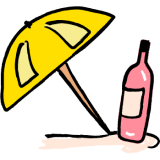
Summer
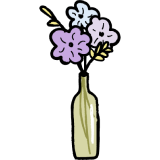
Spring
Recipe Matches
Wine region
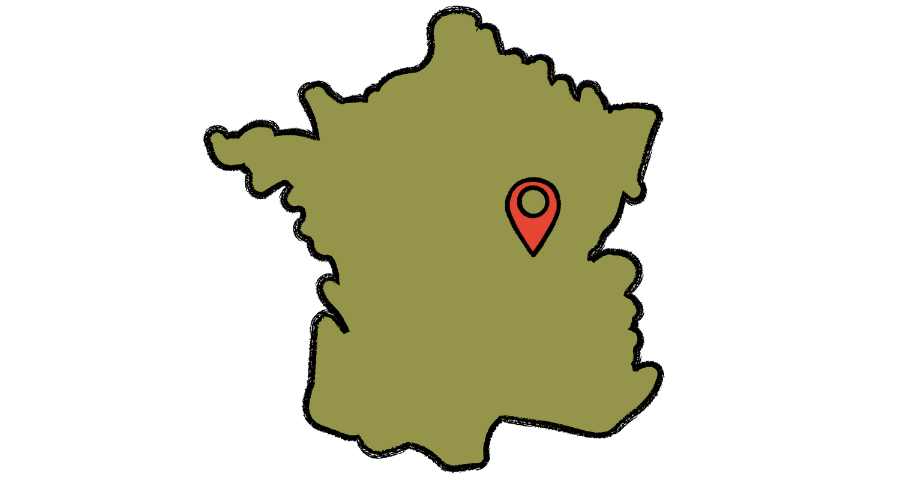
Burgundy, France
Burgundy is located east between Paris and the Swiss border and is known for producing some of the finest and most sought-after wines (Chardonnay and Pinot Noir) in the world. The region can be divided into the following sub-regions from north to south: Chablis, Côte d'Or, Côte Chalonnaise, and Mâconnais, with parts Beaujolais to the south now under consideration.
Chablis is located north of the Côte d'Or and is known for its crisp, dry white wines made from Chardonnay, made without the influence of oak. Some of the best domaines in Chablis include William Fèvre and Christian Moreau.
The Côte d'Or is the heart of the Burgundy wine region and is divided into two main areas: the Côte de Nuits and the Côte de Beaune. The Côte de Nuits is known for its red wines, while the Côte de Beaune is known for its white wines. The best domaines in the Côte d'Or include Domaine de la Romanée-Conti and Domaine Georges Roumier!
Mâconnais and often overlooked Côte Chalonnaise produces red and white wines. Some of the best domaines in these regions include Domaine Bouchard Père et Fils and Domaine Jean-Jacques Girard.
Read more

